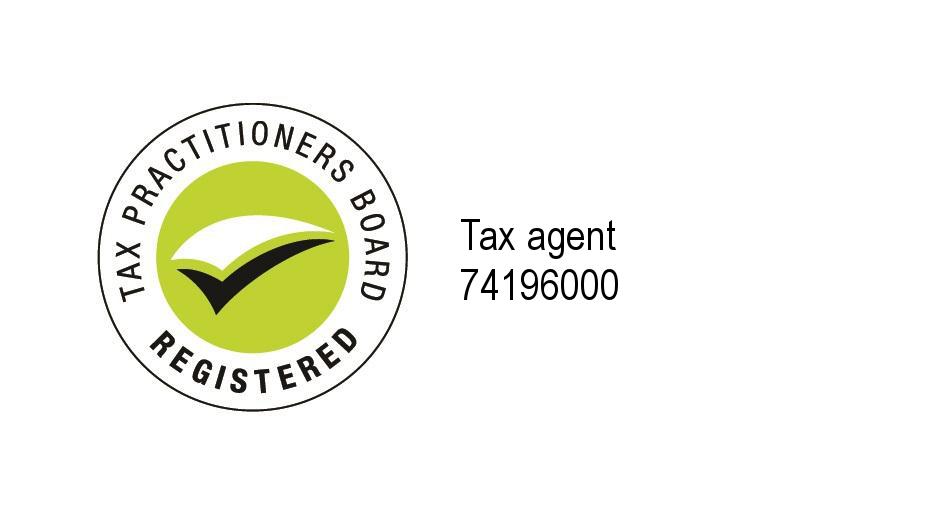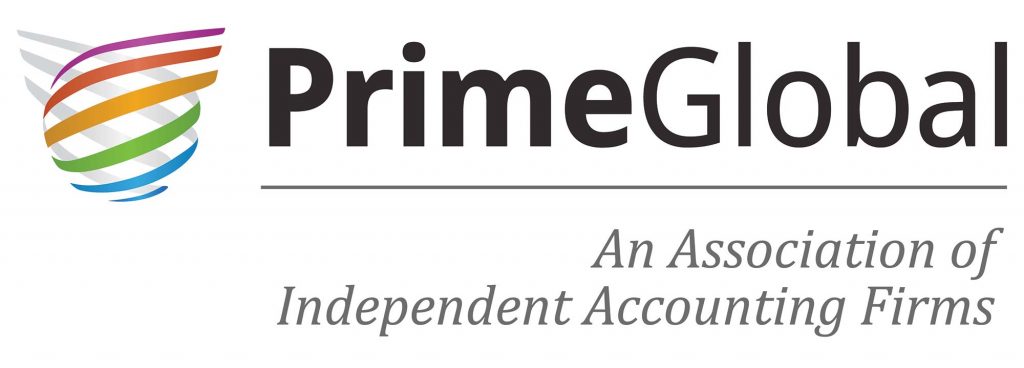It is common to find that a family small business is conducted by one legal entity (“the trading entity”) and for family assets to be held in a different legal entity (“the asset entity”).
Almost invariably, the asset entity will be a discretionary trust, with beneficiaries who include one or more of the family members who control the trading entity. In some cases, the trust may also own shares in the trading entity. In any event, whether the asset entity is a company or trust, the persons who control/benefit from the asset entity will, usually, be one or more of the people who oversee operations of the trading entity.
One reason for adopting the use of separate entities is to avoid exposing the accumulated “family jewels” to claims by business creditors. Today, those “jewels” are likely to be land and buildings and shares. Frequently, one also finds that some of the “jewels” are leased to the trading entity for use in its business.
a) The Commissioner’s “lock-pick”
A recent NSW Civil and Administrative Tribunal Decision, Edgely Pty Ltd v Chief Commissioner of State Revenue illustrates the need to consider whether an asset entity is immune from claim where the State or Territory is the business creditor.
The Edgely Decision related to the Commissioner’s attempt to obtain payment of payroll tax primarily payable by two trading entities (vis. companies which respectively carried on a trucking hire business and a trucking business). An asset entity (in this case, a company) owned land which was informally rented to one of the trading entities for parking vehicles of the relevant trading entity. The asset entity developed a warehouse and office on the land and the improvements were leased to the trading entities – they being the only tenants. It appears the improvements were “constructed to specifically meet the needs of” the trading entities. Furthermore, the asset entity borrowed funds from one of the trading entities, so the asset entity was both landlord and debtor of one trading entity and the landlord of the other trading entity.
Apart from carrying out the improvements to the land and leasing the land and improvements to the trading entities, the asset entity did not engage in any other activity.
The trading entities fell into financial difficulties. Under the pre-2007 payroll tax legislation, the Commissioner retrospectively treated the asset entity and the two trading entities as a group under the “common control” tests applicable at the relevant times. Such grouping enabled the Commissioner to issue assessments against the asset entity (notwithstanding it did not have any employees), with a view to recovering the whole of the payroll tax owed by the trading entities – on the basis that members of a payroll tax group are each jointly and severally liable for payroll tax payable in relation to any member of the group. The Tribunal upheld the grouping and upheld the Commissioner’s refusal to exercise the discretion to de-group.
The decision demonstrates the need, in structuring family asset holding arrangements, to consider whether in any particular situation the common control test (or any of the other grouping tests) will potentially apply to defeat the asset protection strategy. The issue may also arise in the context of application of other State/Territory legislation which provides for grouping, such as land tax. If grouping is a potential issue, consideration can be given to fine tuning the arrangement.
b) A couple of noteworthy “gems”
In addition to the foregoing basic observation, two other points are also especially worthy of note.
The Tribunal held that the asset entity was carrying on a “business” – this being a prerequisite to application of the common control provisions. It considered that the activity of constructing a warehouse and office on the land and the leasing of the improvements was a “business” in the common law sense. In any event, it was a “business” within the extended statutory definition of including “any other activity carried on for fee or reward”.
Interestingly, the Tribunal observed that “… if the only relevant activity of the …[the asset entity] were merely holding of property for long-term capital gain and meanwhile earning passive rental income, there would be much to be said for the view that the …[the asset entity] was not carrying on a business” and added that in the particular case before it, this was a too narrow view of the asset entity’s activities in the relevant period. The exact nature of the asset holding entity’s activities is not entirely clear from the decision. At various points, the Tribunal includes reference to storage income from trading entities as well as rental income.
The Payroll Tax Act 2007 (NSW) and some of its counterparts, such as the Victorian PRT legislation, have a broader statutory definition of “business” than the definition which was before the Tribunal. This more expansive concept of “business” makes it even more imperative to consider whether any asset entity will be viewed as a carrying on business, so that it will potentially be grouped with a family’s trading entity.
The second point to note is the Tribunal’s preparedness to consider the commercial relationship between the trading entities and the asset entity in making the primary decision as to whether they were grouped.
As one basis for grouping, the Tribunal found that the asset entity’s dependence on the derivation of rent solely from the trading entities and the existence of loans which the asset entity obtained from the trading entities had the result that the trading entities were able to influence the directors of the asset entity. In support of the existence of influence, it was noted that the improvements on the asset entity’s land were” constructed by … [the asset entity] specifically to meet the needs of …[the trading entities]”.The Tribunal concluded that that the influence was such that “the director or directors of … [the asset entity] were accustomed to act in accordance with the with the wishes of …[the trading entities]”. As a result, the trading entities were held to control (for payroll tax purposes) the asset entity. In turn, such control resulted in the conclusion that the persons who controlled (for payroll tax purposes) the trading entities also controlled (for payroll tax purposes) the asset entity – this led to the decision that the asset entity and the trading entities were grouped.
The use of commercial relationships to form a group (rather than merely being a factor in exercise of the Commissioner’s de-grouping discretion) is a factor that one might expect to find increasingly utilised to bolster future grouping positions adopted by the Commissioner.
c) Adding back the “sparkle” – What to do?
Given the multitude of contextual and other circumstances relating to an asset entity, it is not feasible to offer any suggestions to counter exposure to payroll tax grouping . Without being exhaustive, some lines for further thought might include:
- where assets that are held in an asset entity are required for use in the trading entity, whether there is any benefit in giving close attention to the terms of such use in order to minimise the prospect of the asset entity being held to carry on” business” for purpose of the statute;
- whether you can more effectively position the asset entity to obtain a favourable exercise of the Commissioner’s discretion to de-group;
- whether there is any benefit in quarantining particular assets in an asset entity separate from the entity which holds other assets; and
- whether any particular mode of financing acquisition of the assets is preferable to other modes.


